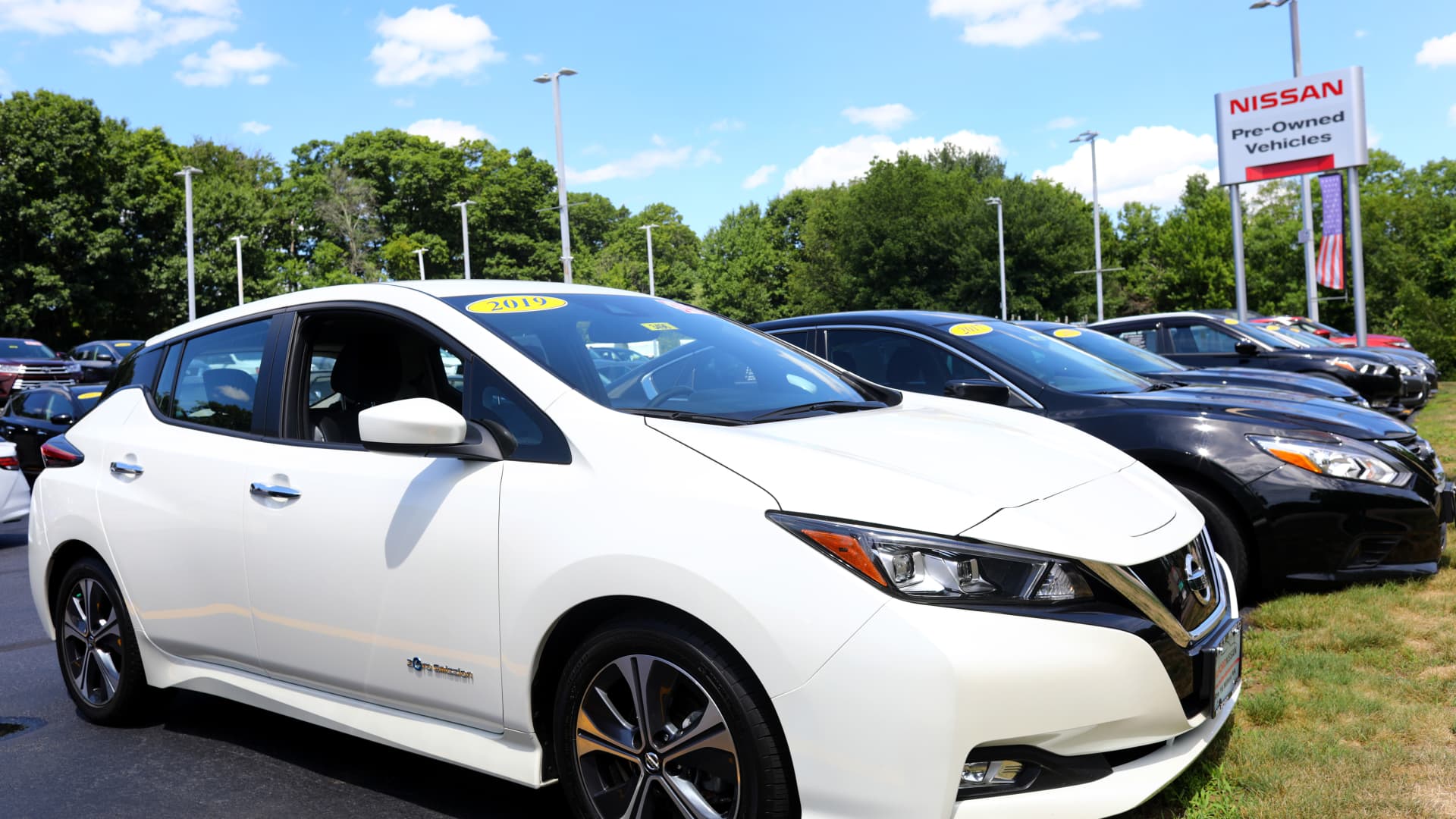Originally published on the NRDC Expert Blog.
By Mohit Chhabra & Julia de Lamare
A proceeding to reform net energy metering (NEM) policy is underway at the California Public Utilities Commission (CPUC). NEM determines how much utility customers with rooftop solar get paid for the electricity their solar panels produce. One of the foremost challenges that the CPUC faces in developing the new NEM policy, called NEM 3.0, is to ensure that rooftop solar continues to grow sustainably in California as required by law.
This NRDC blog explains how NRDC’s NEM 3.0 proposal ensures that rooftop solar continues to grow sustainably. Our previous blog provides background on NEM and the NRDC proposal.
What does it mean for rooftop solar to “grow sustainably”?
Passed in 2014, Assembly Bill (AB) 327 requires the CPUC to develop NEM policy that is cost-effective for all customers while ensuring that rooftop solar continues “to grow sustainably.” AB 327 did not, however, define what “to grow sustainably” means. The CPUC must define this term through the NEM 3.0 proceeding and apply the definition of “to grow sustainably” as a critical metric to evaluate each NEM 3.0 proposal.
The meaning of the word “grow” is straightforward. The total amount of rooftop solar installed in California needs to increase over time. NEM policy should therefore incentivize customers to install rooftop solar systems. NEM 3.0 can accomplish this by guaranteeing that future solar customers will earn back their solar investment in a reasonable time and make money over the lifetime of the solar system while helping the environment.
The word sustainably, on the other hand, gives space for debate. For NEM 3.0 to be truly sustainable, it needs to consider all utility customers — those who have solar and those who don’t. NEM 3.0 will be sustainable from the point of view of new solar customers if it offers them an opportunity to make back their solar investment in a reasonable time while helping the environment. To be sustainable from the point of view of non-solar customers, NEM 3.0 shouldn’t lead to undue increase in non-solar customer’s electricity bills. A sustainable NEM 3.0 policy will also be a more equitable policy.
The current NEM policy (NEM 2.0) is not sustainable because it overcompensates NEM customers, creating a cost burden to non-NEM customers. Money to pay for electricity generated by rooftop solar panels come from those customers who don’t have rooftop solar. To the extent these payments are higher than the value of solar electricity, non-NEM customers pay more expensive energy bills and NEM customers get over-subsidized.
To change this scenario and ensure that rooftop solar grows sustainably, NEM 3.0 must provide reasonable incentives without over-burdening those Californians who do not have solar. NRDC’s NEM 3.0 proposal achieves this balance.
When compared to other NEM 3.0 proposals, NRDC’s proposal better balances incentives for solar adoption with the interests of non-solar customers to ensure that rooftop solar continues to grow sustainably. That is the conclusion reached by a study commissioned by the CPUC as we explain next.
How do the various NEM 3.0 proposals compare?
The CPUC commissioned an independent study to analyze all residential NEM proposals from the perspective of the solar customer and the non-solar customer. The study captured the solar customer’s perspective through a metric called payback period. This is the time it takes for a new solar adopter to make back their investment. A lower payback period means that a customer will make back their initial investment sooner. The non-solar customer’s perspective is represented by the first-year cost-shift metric. This is the amount of money non-solar customers pay solar customers over and above the value that solar electricity provides. This value includes both electric system benefits and the value of carbon reductions.
The CPUC study shows that the proposals that have a shorter payback period also have a larger cost-shift and thus result in higher bills for non-solar customers. This reflects the tension that the CPUC faces in selecting a proposal that ensures rooftop solar grows sustainably. The chart below shows that NRDC’s proposal finds a good balance and presents a satisfactory solution for NEM 3.0 to be sustainable:
NRDC Proposal Strikes the Right Balance
There’s a wide range in payback and cost-shift across NEM 3.0 proposals. Proposals by solar trade organizations look a lot like existing NEM 2.0 policy and result in very low payback periods but very high levels of cost-shift. They thus encourage rapid solar adoption at large costs to those that don’t have solar. Unfortunately, those customers that adopt solar also tend to be disproportionally wealthy. At the other end, proposals by California utilities result in low cost-shifts but high payback periods. These utility proposals favor the perspective of non-solar customers over encouraging solar adoption.
Proposals by the NRDC and consumer advocates try to strike this balance. They split the difference between the proposals by the utilities and the solar trade organizations. NRDC offers solar adopters the opportunity to make back their investments in 10 years or less while limiting the bill increase that non-participants see.
The CPUC needs to make a policy decision and strike the right balance between rooftop solar subsidies and impacts on non-solar customers. Because some rooftop solar growth will occur through new building code requirements, it’s especially important for the CPUC to ensure that NEM 3.0 be sustainable — and to be sustainable, the new policy must balance the interests of all utility customers. And the right solution for that is adopting NRDC’s NEM 3.0 proposal.

